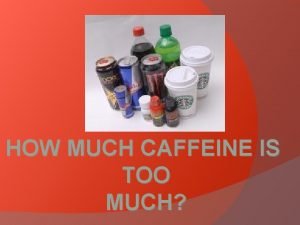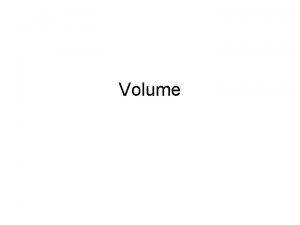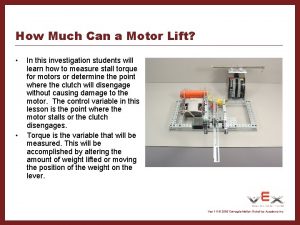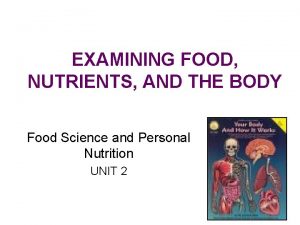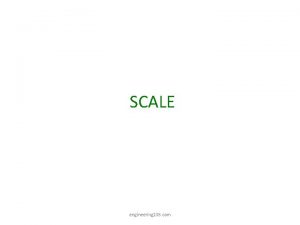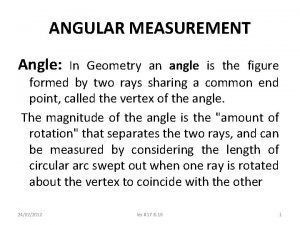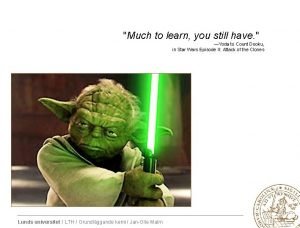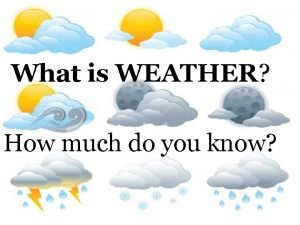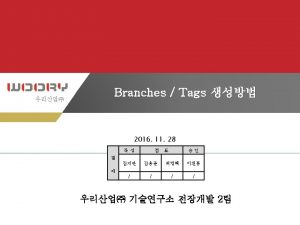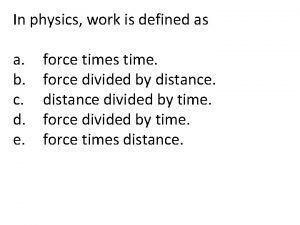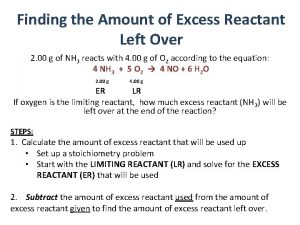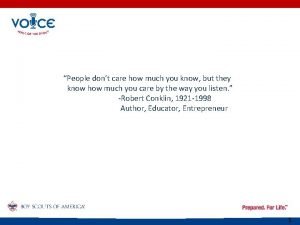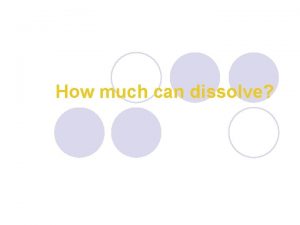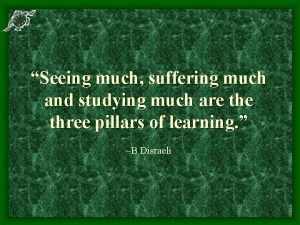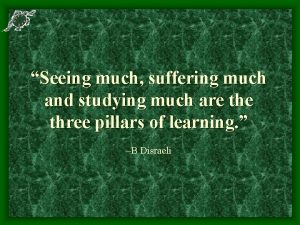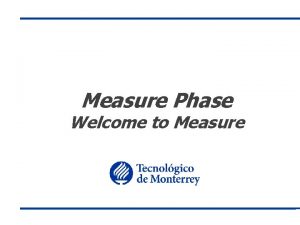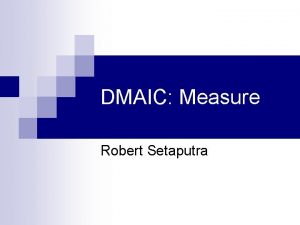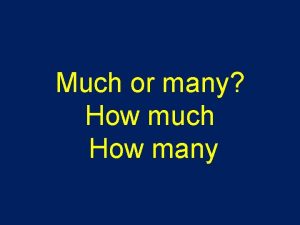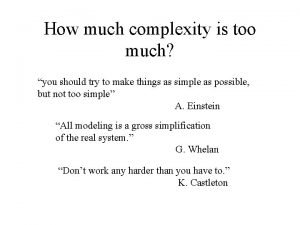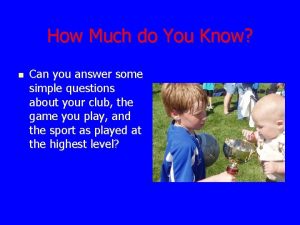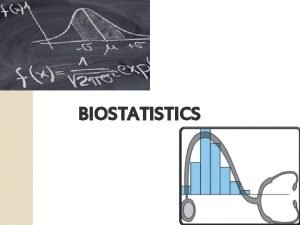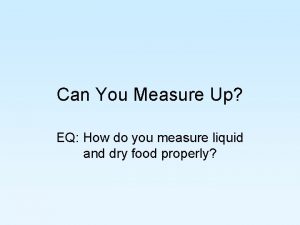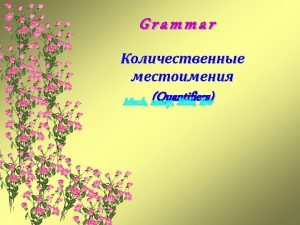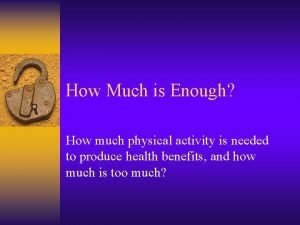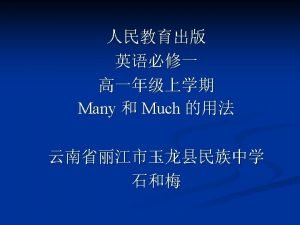How do you measure how much You can








































- Slides: 40

How do you measure how much? • • • You can measure mass, or volume, or you can count pieces. We measure mass in grams. We measure volume in liters. • We count pieces in MOLES.

Counting words are used to simplify a description of a number of items. 1 dozen = 12 eggs 1 case = 24 cans 1 gross = 144 pencils 1 pair = 2 shoes (b) (d)

Counting • As you know, atoms and molecules are extremely small. There are so many of them in even the smallest sample that it’s impossible to actually count them. • That’s why chemists created their own counting unit called the mole. • We count pieces in MOLES.

? ? ? = 6. 0 x 1023 atoms This quantity is called a MOLE.

A MOLE (mol) is just a word representing a quantity. What does dozen mean? Yep, it means 12. But 12 what? 12 steers 12 dinosaurs 12 flags

Just like the word dozen can stand for 12 things, the mole stands for 6. 02 x 1023 things. Things, however, are limited to Representative Particles Atoms Molecules Ions Formula units

Representative particles • The smallest pieces of a substance. • For an element it is an atom. • Fe – Unless it is diatomic • H 2, N 2, O 2, F 2, Cl 2, Br 2, I 2 • For a molecular compound it is a molecule. – H 2 O • For an ionic compound it is a formula unit. – Na. Cl

Calculations with Moles n Use Mickey Mouse Mole Graphing Chart to help you calculate General, Organic, and Biological Chemistry Copyright © 2010 Pearson Education, Inc.

6. 02 x 1023 particles General, Organic, and Biological Chemistry Copyright © 2010 Pearson Education, Inc.

Converting factors Conversion factor : 6. 02 x 1023 representative particles 1 mole Conversion factor : 6. 02 x 1023 1 mole representative particles General, Organic, and Biological Chemistry Copyright © 2010 Pearson Education, Inc. 11

Converting Moles to Particles Avogadro’s number is used to convert moles of a substance to particles. Particle Example 1: How many Cu atoms are in 0. 50 mole of Cu? 0. 50 mole Cu x 6. 02 x 1023 Cu atoms 1 mole Cu = 3. 0 x 1023 Cu atoms General, Organic, and Biological Chemistry Copyright © 2010 Pearson Education, Inc. 12

Particle Example 2: Determine the number of formula units in 3. 25 mol of Ag. NO 3 x 6. 02 x 10 23 formula units 1 mole of Ag. NO 3 General, Organic, and Biological Chemistry Copyright © 2010 Pearson Education, Inc.

Converting Particles to Moles Avogadro’s number is used to convert particles of a substance to moles. Example 3 How many moles of CO 2 are in 2. 50 x 1024 molecules of CO 2? 2. 50 x 1024 molecules CO 2 x 1 mole CO 2 6. 02 x 1023 molecules CO 2 = 4. 15 moles of CO 2 General, Organic, and Biological Chemistry Copyright © 2010 Pearson Education, Inc.

Converting Particles to Moles Example 4 Determine how many moles are in 1. 204 X 1025 atoms of Phosphorus 1. 204 X 1025 atoms of P x I mole of P 6. 02 x 10 23 atoms of P General, Organic, and Biological Chemistry Copyright © 2010 Pearson Education, Inc.

Learning Check 1. The number of atoms in 2. 0 moles of Al is A. 2. 0 Al atoms B. 3. 0 x 1023 Al atoms C. 1. 2 x 1024 Al atoms 2. The number of moles of S in 1. 8 x 1024 atoms of S is A. 1. 0 mole of S atoms B. 3. 0 moles of S atoms C. 1. 1 x 1048 moles of S atoms General, Organic, and Biological Chemistry Copyright © 2010 Pearson Education, Inc. 16

Solution 1. The number of atoms in 2. 0 moles of Al is C. 1. 2 x 1024 Al atoms 2. 0 moles Al x 6. 02 x 1023 Al atoms 1 mole Al 2. The number of moles of S in 1. 8 x 1024 atoms of S is B. 3. 0 moles of S atoms 1. 8 x 1024 S atoms x 1 mole S 6. 02 x 1023 S atoms General, Organic, and Biological Chemistry Copyright © 2010 Pearson Education, Inc. 17

Mass and the Mole • The mass in grams of one mole of any pure substance is called its molar mass. • The molar mass of any element is numerically equal to its atomic mass and has the units g/mol. General, Organic, and Biological Chemistry Copyright © 2010 Pearson Education, Inc.

Molar Mass (MM) n molar mass = mass of 1 mole of substance n Molar mass can be determined by adding up the atomic masses from the periodic table (atomic mass goes to 1 decimal place). General, Organic, and Biological Chemistry Copyright © 2010 Pearson Education, Inc.

MM Example 1: n Find the MM of CH 4. = 1 C + 4 H = 12. 0 + 4(1. 0) = 16. 0 g/mol General, Organic, and Biological Chemistry Copyright © 2010 Pearson Education, Inc.

MM Example 2: n Find the MM of Mg(OH)2. =Mg + 2 O + 2 H =24. 3 + 2(16. 00) + 2(1. 0) =58. 3 g/mol General, Organic, and Biological Chemistry Copyright © 2010 Pearson Education, Inc.

MM Example 3: n Find the MM of Mg. SO 4 • 7 H 2 O. =Mg + S + 4 O + 7(H 2 O) =24. 3 + 32. 1 + 4(16. 00) + 7(1. 0+16. 00) =246. 4 g/mol General, Organic, and Biological Chemistry Copyright © 2010 Pearson Education, Inc.

Atomic Mass Units (amu) versus Molar Mass n The mass in grams of 1 mol of an element is numerically equal to the element’s atomic mass from the periodic table in atomic mass units. n In other words, 1 g/mol = 1 amu n They are interchangeable General, Organic, and Biological Chemistry Copyright © 2010 Pearson Education, Inc.

Molar Mass 6. 02 x 1023 particles General, Organic, and Biological Chemistry Copyright © 2010 Pearson Education, Inc.

Converting Factors Conversion factor : 1 mole molar mass Conversion factor : molar mass 1 mole General, Organic, and Biological Chemistry Copyright © 2010 Pearson Education, Inc. 25

Converting Moles to grams (mass) How many grams are in 7. 20 moles of dinitrogen trioxide? Dinitrogen trioxide = N 2 O 3 MM of N 2 O 3 = 2 N + 3 O = 2(14. 01) + 3(16. 00) = 76. 02 1 mole = 76. 02 g N 2 O 3 7. 20 mol of N 2 O 3 x 76. 02 g N 2 O 3 1 mol of N 2 O 3 = 547 g N 2 O 3 General, Organic, and Biological Chemistry Copyright © 2010 Pearson Education, Inc.

Converting grams (mass) to Moles Find the number of moles in 92. 2 g of iron(III) Iron (III) oxide = Fe 2 O 3 oxide. MM of Fe 2 O 3 = 2 Fe + 3 O = 2(55. 85) + 3(16. 00) = 159. 70 1 mole = 159. 70 g Fe 2 O 3 92. 2 g of Fe 2 O 3 x 1 mol Fe 2 O 3 159. 70 g Fe 2 O 3 = 0. 577 g Fe 2 O 3 General, Organic, and Biological Chemistry Copyright © 2010 Pearson Education, Inc.

Learning Check Calculate the mass of 6. 89 mol antimony 839 g Sb A chemist needs 0. 0700 mol selenium for a reaction. What mass of selenium should the chemist use? ? 5. 53 g Se General, Organic, and Biological Chemistry Copyright © 2010 Pearson Education, Inc.

22. 4 Molar Mass Liters * • At STP Standard Temperature: 0 °C Pressure: I atmosphere 6. 02 x 1023 particles General, Organic, and Biological Chemistry Copyright © 2010 Pearson Education, Inc.

Converting Factors Conversion factor : 1 mole of gas 22. 4 L Conversion factor : 22. 4 L 1 mole of gas • At STP Standard Temperature: 0 °C Pressure: I atmosphere General, Organic, and Biological Chemistry Copyright © 2010 Pearson Education, Inc. 30

Converting Moles to liters (volume) Volume Example 1: Determine the volume, in liters, of 0. 600 mol of SO 2 gas at STP. 0. 600 mol of SO 2 x 22. 4 L of SO 2 = 13. 4 L SO 2 I mol SO 2 General, Organic, and Biological Chemistry Copyright © 2010 Pearson Education, Inc.

Converting liters (volume) to Moles Volume Example 2: Determine the number of moles in 33. 6 L of He gas at STP. 33. 6 g L of He x 1 mol He 22. 4 L He = 1. 50 mol He General, Organic, and Biological Chemistry Copyright © 2010 Pearson Education, Inc.

Putting it ALL together n You can move from mass to moles to particles and vicen n versa! Review: What are the conversion factors? 1 mole = 6. 02 x 1023 1 mole = molar mass Therefore 6. 02 x 1023 = molar mass And if it is a gas at STP, 1 mole = 22. 4 L 1 mole = 6. 02 x 1023 = molar mass= 22. 4 L General, Organic, and Biological Chemistry Copyright © 2010 Pearson Education, Inc.

Molar Mass 22. 4 Liters 6. 02 x 1023 particles

Putting it ALL together n How many atoms are in a pure gold nugget having a mass of 25. 0 grams? mass mole atoms x 25. 0 g x 1 mol Au 197. 00 g Au 6. 02 x 10 23 atoms Au 1 mol Au = 7. 64 x 1022 atoms Au General, Organic, and Biological Chemistry Copyright © 2010 Pearson Education, Inc.

Learning Check • Calculate the number of atoms in 4. 77 g lead. mass mole atoms 4. 77 g Pb 1 mole Pb 6. 02 x 1023 atoms Pb X X 207. 2 g Pb 1 mol Pb = 1. 39 x 1022 atom Pb General, Organic, and Biological Chemistry Copyright © 2010 Pearson Education, Inc.

Good Practice!! Elem Mass Au 2. 5 g Zn Moles 4. 95 mol C Cu # of particles 3. 95 x 1023 12. 5 mol Sc 8. 75 x 1021 Ba 4. 93 x 1025 General, Organic, and Biological Chemistry Copyright © 2010 Pearson Education, Inc.

Good Practice!! Elem Mass Moles # of particles Au 2. 5 g 0. 0127 7. 64 x 1021 Zn 324 g 4. 95 mol 2. 98 x 1024 C 7. 88 g 0. 656 3. 95 x 1023 Cu 794 g 12. 5 mol 7. 53 x 1024 Sc 0. 654 g 0. 0145 8. 75 x 1021 Ba 11200 g 81. 9 mol 4. 93 x 1025 General, Organic, and Biological Chemistry Copyright © 2010 Pearson Education, Inc.

Subscripts and Moles The subscripts in a formula give § the relationship of atoms in the formula § the moles of each element in 1 mole of a compound Glucose C 6 H 12 O 6 In 1 molecule: 6 atoms of C 12 atoms of H 6 atoms of O In 1 mole: 6 moles of C 12 moles of H 6 moles of O General, Organic, and Biological Chemistry Copyright © 2010 Pearson Education, Inc. 39

Subscripts State Atoms and Moles 1 mole of C 9 H 8 O 4 = 9 moles of C 8 moles of H 4 moles of O General, Organic, and Biological Chemistry Copyright © 2010 Pearson Education, Inc. 40

Factors from Subscripts used for conversion factors § relate moles of each element in 1 mole compound § for aspirin, C 9 H 8 O 4 , can be written as: 9 moles C 1 mole C 9 H 8 O 4 8 moles H 1 mole C 9 H 8 O 4 4 moles O 1 mole C 9 H 8 O 4 8 moles H 1 mole C 9 H 8 O 4 4 moles O and 1 mole C 9 H 8 O 4 9 moles C General, Organic, and Biological Chemistry Copyright © 2010 Pearson Education, Inc. 41
 If you cant measure it you can't manage it
If you cant measure it you can't manage it If you cannot measure it you cannot manage it
If you cannot measure it you cannot manage it You can t manage what you don t measure
You can t manage what you don t measure Langfristiges fremdkapital
Langfristiges fremdkapital If you think you can you can poem
If you think you can you can poem How much caffeine is too much
How much caffeine is too much To whom much is given much is expected meaning
To whom much is given much is expected meaning How much is too much plagiarism
How much is too much plagiarism How much can you remember about last year
How much can you remember about last year How much space an object takes up
How much space an object takes up If you can imagine it you can achieve it
If you can imagine it you can achieve it Is measure for measure a comedy
Is measure for measure a comedy Barometer
Barometer You cant manage what you dont measure
You cant manage what you dont measure How much can they safely carry answer key
How much can they safely carry answer key How much is this
How much is this Potassium sources in food
Potassium sources in food How much can industry
How much can industry Write four five sentences about the baby elephant nandu
Write four five sentences about the baby elephant nandu Kinds of comparison
Kinds of comparison You can tell harris about it just ____(easily) as i can
You can tell harris about it just ____(easily) as i can Kinds of degree
Kinds of degree Through you nothing is impossible
Through you nothing is impossible Plain scale in engineering drawing
Plain scale in engineering drawing Contsine
Contsine Slide thank you for your attention
Slide thank you for your attention How much you have
How much you have You have much to learn
You have much to learn How much do you already know about
How much do you already know about What kind of cloud is this
What kind of cloud is this Good pilgrim you do wrong
Good pilgrim you do wrong How much do you see of an iceberg
How much do you see of an iceberg Any question thank you
Any question thank you In physics work is defined as
In physics work is defined as I wish you much strength
I wish you much strength Fm group fragrance
Fm group fragrance How many grams of the excess reactant are left over
How many grams of the excess reactant are left over How much do you better health
How much do you better health Much do you need health
Much do you need health Thank for your attention
Thank for your attention People don't care how much you know
People don't care how much you know





